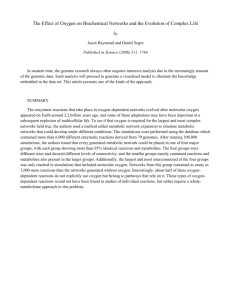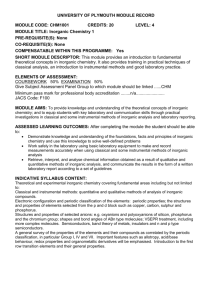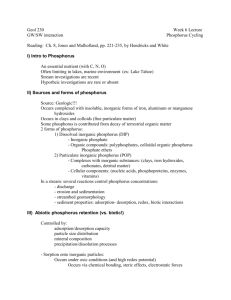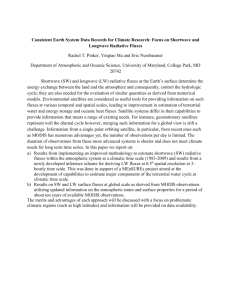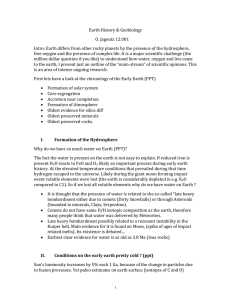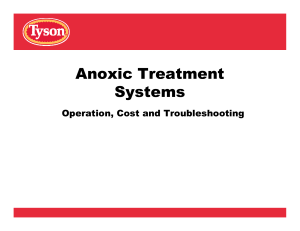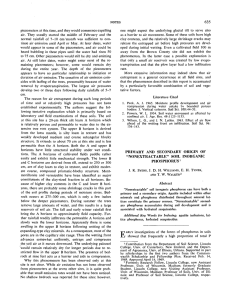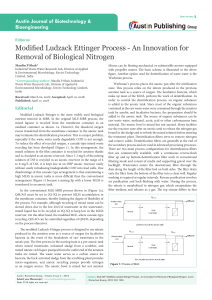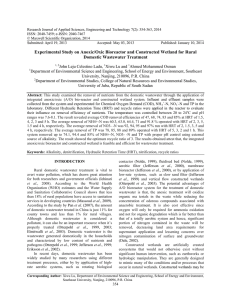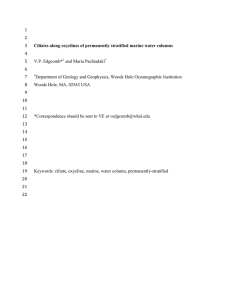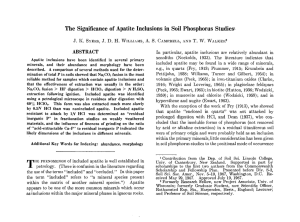Name__________________________ Exam 2 Limnology
advertisement
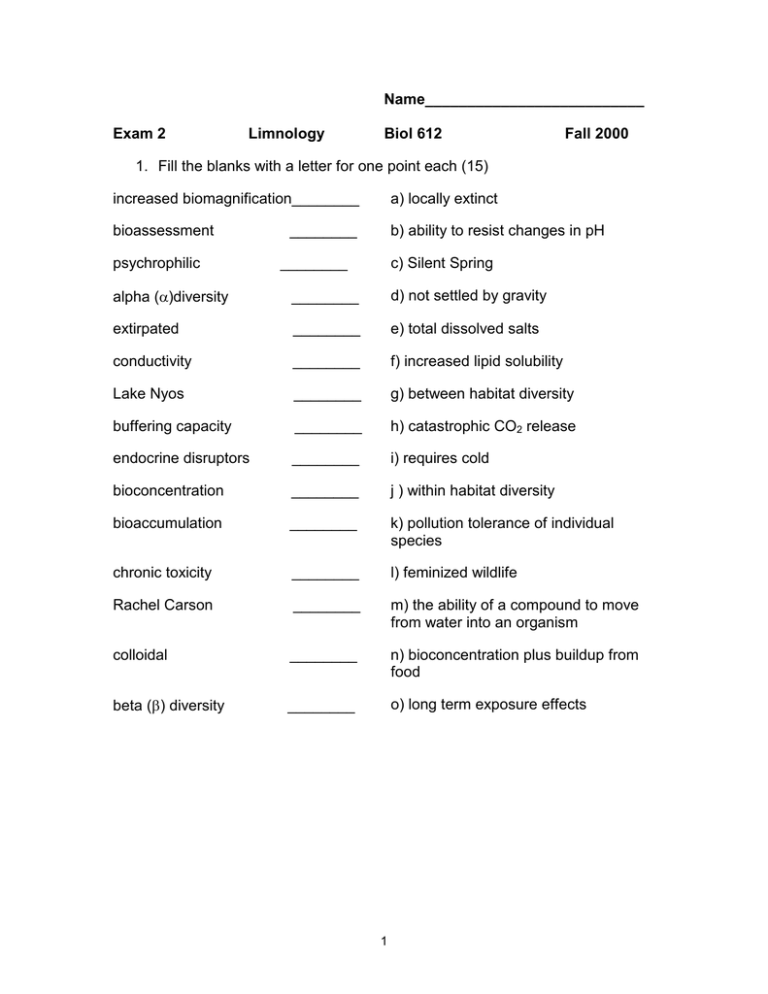
Name__________________________ Exam 2 Limnology Biol 612 Fall 2000 1. Fill the blanks with a letter for one point each (15) increased biomagnification________ a) locally extinct bioassessment b) ability to resist changes in pH psychrophilic ________ ________ c) Silent Spring alpha (α)diversity ________ d) not settled by gravity extirpated ________ e) total dissolved salts conductivity ________ f) increased lipid solubility Lake Nyos ________ g) between habitat diversity buffering capacity ________ h) catastrophic CO2 release endocrine disruptors ________ i) requires cold bioconcentration ________ j ) within habitat diversity bioaccumulation ________ k) pollution tolerance of individual species chronic toxicity ________ l) feminized wildlife Rachel Carson ________ m) the ability of a compound to move from water into an organism colloidal ________ n) bioconcentration plus buildup from food beta (β) diversity ________ o) long term exposure effects 1 2. Diagram the carbon cycle (as was done in class), oxic fluxes on top, anoxic on bottom, oxidized inorganic forms to the right (20). 3. Give the equations for photosynthesis and respiration (4). 2 4. Diagram the nitrogen cycle (as in class), oxic fluxes on top, anoxic on bottom, oxidized inorganic forms to the right (20). 5. What did Melody Kemp talk about in her lecture (6)? 3 6. Why did high sulfate water flowing into a Netherlands wetland lead to increased phosphorus availability, even though the inflowing water was low phosphorus (5)? 7. Why do very old lakes have a high diversity (5)? 4 8. Describe two invasions of aquatic habitats by non-native species. Include the source of the invasion and the effect it has on the native ecosystem (10). 5 9. Why are redox gradients “hot spots” of nutrient cycling in ecosystems (5)? 10. Diagram the photosynthesis-irradiance relationship with light on the xaxis and photosynthetic rate on the y-axis. Label Pmax, compensation point, respiration, inhibition, and α (10). 6
